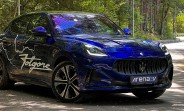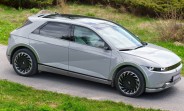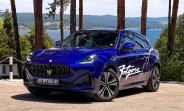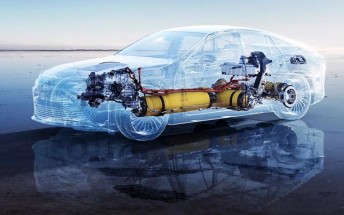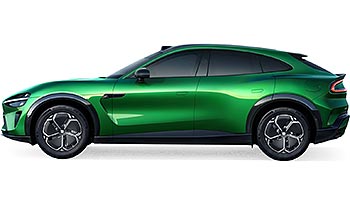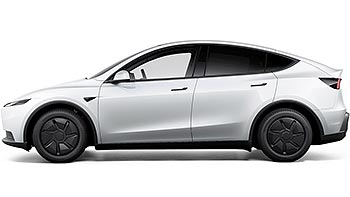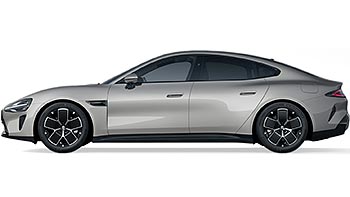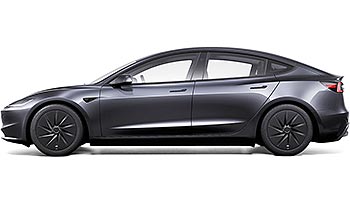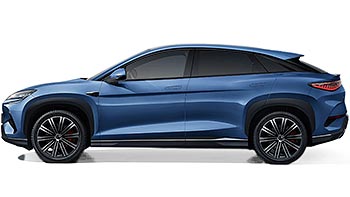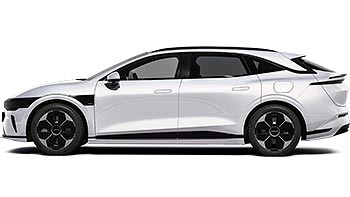ADAC test reveals the effects of air conditioning on electric cars' range

Electric vehicles are transforming the automotive landscape, but lingering questions remain about their performance in extreme weather. A perfectly timed ADAC test put a Tesla Model Y through its paces, simulating a grueling summer traffic jam to determine the impact of air conditioning on its range.
In a controlled lab environment, ADAC subjected a Tesla Model Y to a simulated eight-hour traffic jam under scorching conditions. The interior temperature was set to a comfortable 20ºC, while outside temperatures reached a sweltering 35ºC. Sensors meticulously monitored the air conditioning's performance, ensuring consistent cooling throughout the ordeal.

The test revealed that maintaining the desired interior temperature required 1.3 to 1.5 kW of cooling power - that's energy consumption of 1.3 to 1.5 kWh per hour. For the Tesla Model Y, this translates to a mere 2% of battery capacity or 5 miles of range lost per hour. Even after eight hours of continuous air conditioning use in extreme heat, the Model Y's range decreased by only 40 miles, a 16% reduction in battery level.
Unlike internal combustion engine vehicles, where the air conditioning compressor is powered by the engine, EVs draw power directly from the high-voltage battery. In the same scenario, a combustion engine vehicle would use 1 to 1.5 liters of fuel per hour, depending on engine size and type. This is an equivalent of 10 to 15 kWh per hour, highlighting the EV's superior efficiency when it comes to air conditioning.
While concerns about range anxiety are understandable, the ADAC test demonstrates that air conditioning has a minor impact on an EV's range, even in extreme summer conditions. Since air conditioning systems across different EV brands and models are comparable, the findings from the Model Y test should be applicable to most other electric vehicles as well.

It's important to note that several factors can influence air conditioning energy consumption. Frequent door opening, lower temperature settings, and a higher number of passengers can increase energy use. Cooler ambient temperatures or a higher desired interior temperature will require less electricity.
Related
Reader comments
TBH, I would put ceramic UV film on the glass roof no matter what manufacturer puts there. It makes wonders, it's cheap and last for the life of the vehicle ... not to mention many manufacturers do not bother with more than tinting a window an...
- 07 Aug 2024
- dNZ
many Teslas still have no roof shade. it completely clear glass. they are basically unusable in hot weather in warmer climates above 40C. even if you cool interior with AC, your head will get heavily sunburnt, and it is not comfortable to drive when ...
- 07 Aug 2024
- mu4
Teslas have one of the best, if not the best HVAC systems, I would not be as optimistic when it comes to other brands.
- 05 Aug 2024
- 3D9
